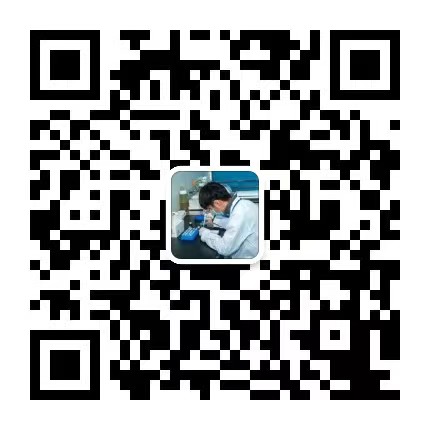1. Test items
Sun protection index test:
UVB protection ability (SPF value): human or in vitro test method is used. Human testing requires recruiting volunteers, dividing multiple areas on their backs, applying different multiples of sunscreen and blank controls respectively, comparing the skin sunburn in each area after ultraviolet irradiation, and calculating the SPF value through a professional formula. In vitro testing uses instruments to simulate ultraviolet irradiation of sunscreen samples, detect the amount of UVB radiation that passes through the samples, and calculate the SPF. Ensure that the SPF value marked on the product is true and effective, and can provide skin protection for a corresponding period of time.
UVA protection ability (PA value): In vitro testing is often used, using special light sources to simulate UVA irradiation of the substrate coated with sunscreen, observing the degree of discoloration of the substrate or detecting the transmittance through instruments, and evaluating the PA level according to the standard. Only UVA sunscreen with strong protection can prevent tanning and photoaging.
Ingredient safety testing:
Microbial indicators: Detect the content of microorganisms such as bacteria, fungi, and molds. If exceeded, it is easy to cause skin infection. For example, excessive Staphylococcus aureus can cause skin inflammation.
Heavy metal content: Focus on testing heavy metals such as lead, mercury, and arsenic. Long-term exposure to excessive heavy metals can cause skin poisoning, pigmentation, and harm health.
Screening of allergenic ingredients: Analyze whether chemical sunscreens and other ingredients are common allergens. For example, some people are allergic to fragrances and preservatives, and testing can avoid risks.
Stability test:
Heat and cold resistance stability: After placing the sunscreen in a high temperature (such as 45°C) and low temperature (such as -10°C) environment for a period of time, observe the changes in its texture, color, and odor. If stratification, discoloration, and odor occur, it means that the stability is poor, affecting the use effect and shelf life.
Light stability: Simulate long-term exposure to sunlight to check whether the sunscreen ingredients are decomposed and ineffective, and ensure continuous protection when used outdoors.
2. Testing method
Sun protection index testing, human testing strictly follows ethical standards, controls ultraviolet dose and exposure time; in vitro testing calibrates instrument wavelength and energy to ensure data accuracy.
Ingredient safety testing, microorganisms are quantified using petri dish method, PCR and other technologies; heavy metals are determined with the help of atomic absorption spectrometers; allergenic ingredients are screened against the database.
Stability testing, simulating ambient temperature and light conditions, regularly observing and recording product status.
3. Testing standards
There are many standards at home and abroad, such as the "Technical Specifications for Safety of Cosmetics" in China, and ISO and other relevant standards in the world, which fully regulate raw materials, formulas, and testing processes to ensure uniform and comparable product quality.
4. Significance of testing
For manufacturers, testing helps optimize formulas and processes and enhance competitiveness; for consumers, it ensures that the products they purchase are safe and effective, and they can protect themselves from the sun with peace of mind; for regulatory authorities, it regulates the market and promotes the healthy development of the industry.
